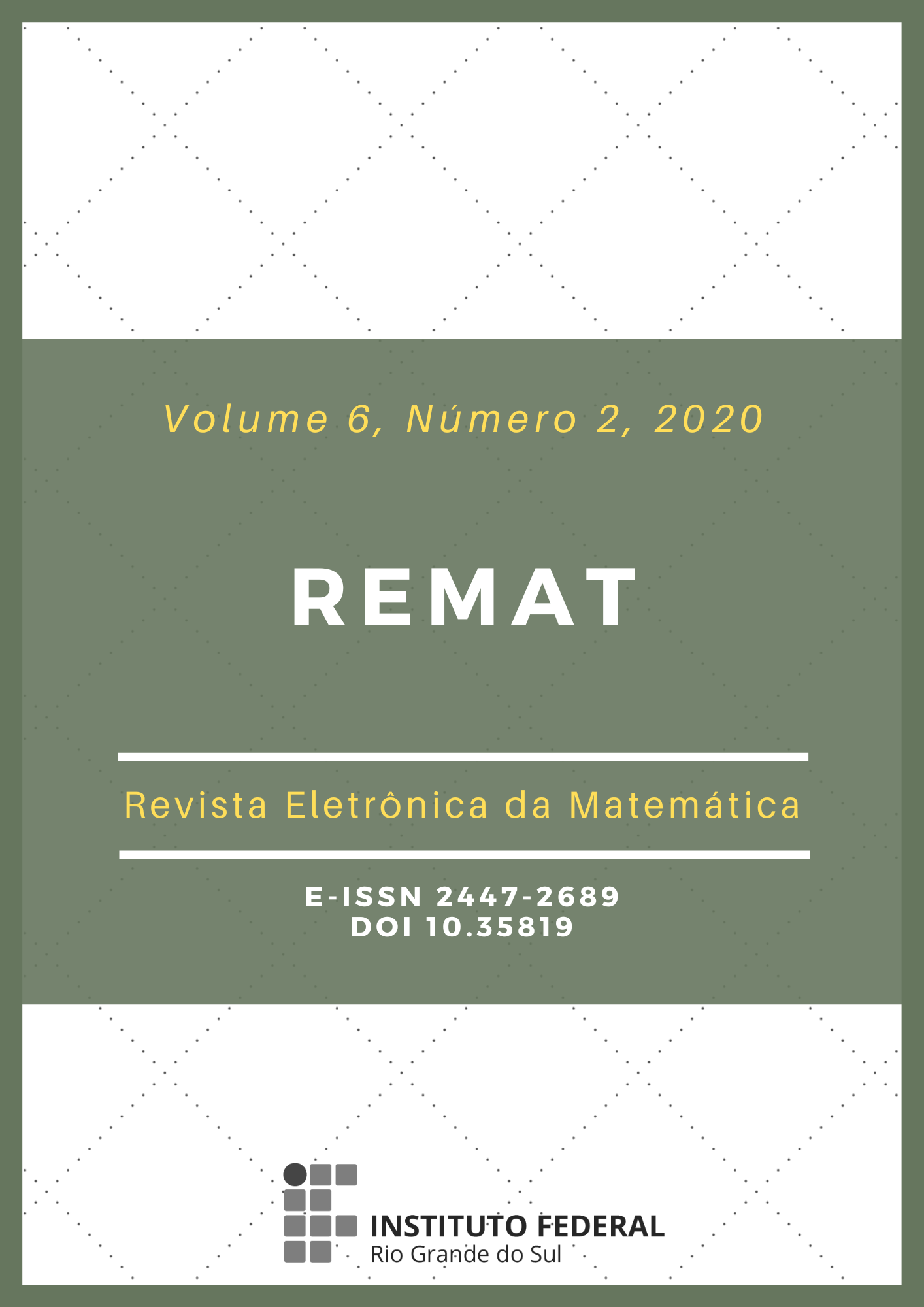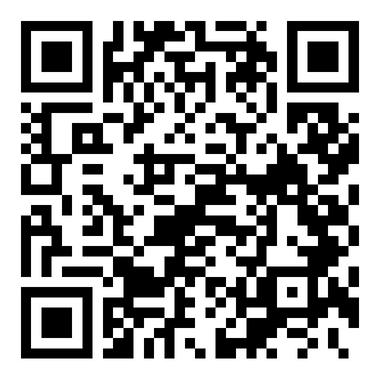A teaching sequence for the formation of statistical concepts in the early years of Elementary Education
DOI:
https://doi.org/10.35819/remat2020v6i2id4187Keywords:
Teaching Sequence, Statistical Literacy, Investigative CycleAbstract
This article aims to analyze the elements that enhance the teaching of statistical concepts through a teaching sequence with the theme potable water, elaborated with the phases of the Investigative Cycle for the initial years of Elementary Education. In order to achieve this objective, we rely on the Statistical Literacy proposed by Gal and on Vergnaud’s Conceptual Field Theory. The sequence was developed in a group of third-grade students at a public school, in the southern region of Bahia, and the five phases of the Investigative Cycle proposed by Wild and Pfannkuch are adopted in this study’s methodology. The sequence was planned during a formative process and it was developed by a teacher in her classroom. The result of the research reveals that the elements of the cognitive component (mathematical and statistical knowledge) and of the attitudinal component proposed by Gal for the development of Statistical Literacy (critical posture, beliefs, and attitudes) were enhanced. It also signaled that the sequence provided the students with the learning of statistical concepts when addressing a daily theme and being developed according to the Investigative Cycle phases.
Downloads
References
ALVES, H. C.; SANTANA, E. R. dos S. Uma sequência de ensino para o trabalho com conceitos estatísticos. Revista Educação Matemática em Foco, v. 8, n. 2, p. 93-115, 2019. Disponível em: http://revista.uepb.edu.br/index.php/REVEDMAT/article/view/5589. Acesso em: 20 set. 2020.
CRUZ, A. M.; HENRIQUES, A. C. Erros e dificuldades na representação do 1º ciclo na representação de dados através de gráficos estatísticos. In: SEMINÁRIO DE INVESTIGAÇÃO EM EDUCAÇÃO MATEMÁTICA, 23, 2012, Lisboa, Atas... Lisboa: Associação de Professores de Matemática, 2012. p. 483-499. Disponível em: http://www.apm.pt/files/_XXIII_SIEM_ATAS_6_510c56bde0cae.pdf. Acesso em: 20 set. 2020.
GAL, I. Adults’ Statistical Literacy: Meanings, Components, Responsibilities. International Statistical Review, v. 70, n. 1, p. 1-25, 2002. DOI: https://doi.org/10.1111/j.1751-5823.2002.tb00336.x.
LIMA, I. B. Investigando o desempenho de jovens e adultos na construção e interpretação de gráficos. 2010. 154 f. Dissertação (Mestrado em Educação Matemática e Tecnológica) – Universidade Federal de Pernambuco. Recife, 2010. Disponível em: https://repositorio.ufpe.br/handle/123456789/3931. Acesso em: 20 set. 2020.
SANTANA, E. R. dos S. Estruturas aditivas: O suporte didático influencia a aprendizagem do estudante? 2010. 343 f. Tese (Doutorado em Educação) – Pontifícia Universidade Católica de São Paulo, 2010. Disponível em: https://tede2.pucsp.br/handle/handle/11446. Acesso em: 20 set. 2020.
TRIVIÑOS, A. N. S. Introdução à pesquisa em ciências sociais: a pesquisa qualitativa em educação. São Paulo: Atlas, 1987.
VERGNAUD, G. La théorie des champs conceptuels. Recherches en Didactique des Mathématiques, v. 10/2.3, p. 133-170, 1991.
WILD, J. C.; PFANNKUCH, M. Statistical Thinking in Empirical Enquiry. International Statistical Review, v. 67, n. 3, p. 223-265, 1999. Disponível em: http://iase-web.org/documents/intstatreview/99.Wild.Pfannkuch.pdf. Acesso em: 20 set. 2020.
Downloads
Published
Issue
Section
License
Copyright (c) 2020 REMAT: Revista Eletrônica da Matemática

This work is licensed under a Creative Commons Attribution 4.0 International License.
REMAT retains the copyright of published articles, having the right to first publication of the work, mention of first publication in the journal in other published media and distribution of parts or of the work as a whole in order to promote the magazine.
This is an open access journal, which means that all content is available free of charge, at no cost to the user or his institution. Users are permitted to read, download, copy, distribute, print, search or link the full texts of the articles, or use them for any other legal purpose, without requesting prior permission from the magazine or the author. This statement is in accordance with the BOAI definition of open access.













 https://orcid.org/0000-0002-0893-7426
https://orcid.org/0000-0002-0893-7426


















